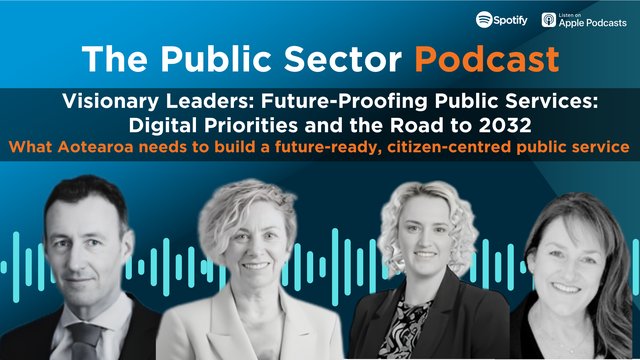In the past year, we saw a global pandemic completely shift every aspect of everyday life, including work. Remote working arrangements tested the practicality of traditional management processes and put the spotlight on the limitations of legacy IT systems.
Prior to the pandemic, government HR leaders were generally concerned with recruiting, motivating, and retaining talent. And while upskilling was already a key priority for government departments prior to the pandemic, COVID-19 has heightened the reskilling challenge.
The adoption of new technology in terms of working and HR has been an exciting one; technology has enabled a quick adaption to the changing ways of working and also helped increase productivity and efficiency. This has also meant that employees have needed to quickly adapt to this use of technology. Unfortunately, with such a fast pace of change, it has been difficult for many departments to equip their employees with the necessary skills in order to cohesively and smoothly apply these technologies. In some cases, changes to an employee’s job responsibilities due to COVID-19 have created an even larger skill gap.
Over the past year, many employees were suddenly faced with tasks their skillset wasn’t equipped to handle, whether that be managing a new team remotely, gaining new responsibilities because their company was short-staffed or job sharing with another colleague to ensure all bases were covered when teams couldn’t come into the office at the same time.
According to research done by Gartner, data shows the total number of skills required for a single job is increasing by an average of 10% each. And on top of that, around 33% of skills that were required for a particular job in 2017 won’t be needed by 2021. With these sorts of statistics, it can be easy to see why government agencies need to focus on upskilling of their employees.
To deal with this skill challenge, public sector HR leaders will need to develop a proactive approach to reskilling and redeploying talent. This may involve tactics like increased focus on collaboration from all stakeholders so that the shifting skill needs or the development of new skills can be identified ahead of time. To accomplish this, HR leaders need to encourage and promote dynamic cross-organisational conversations to identify skill needs and gaps in the department. By encouraging employees from all different departments to identify when skill requirements shifting, organisations will be better prepared to adapt, fill any skill shortages and help upskill existing employees.



































